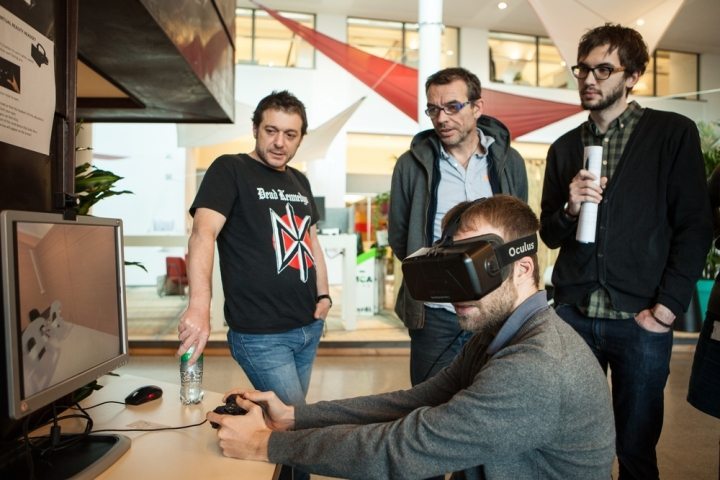Earlier this week, 3D Printing Industry delved into the emerging use of 3D printers in humanitarian sectors. In the very near future, disaster areas could see significant changes and upgrades in response times and better aid opportunities. In fact, we’re already seeing 3D printing technologies create real change. For example, 3D Feul is ensuring a sustainable future environment with organic filaments, and Al Biosciences have hacked a 3D printer that can detect infectious diseases.
As far as applying 3D printing technology on the ground in affected areas, the demand amongst doctors and volunteers is undoubtedly high for obvious reasons. In the field, readily available supplies, materials and processes – things that can potentially be developed instantly with additive manufacturing technology – are essential for providing effective aid.

The faster the better
Luckily, Médicins Sans Frontières (MSF) is taking advantage of this and in turn cutting significant time during emergencies. In a recent interview, MSF technical team leader Elvina Motard talked about their efforts to employ the groundbreaking 3D technology to help design and quickly develop hospitals on the ground. She explains how the project originally came to fruition after a successful project in the Philippines, where the team was able to build a fully functional hospital in less than five months.
This fast development came as an unprecedented advancement in relief efforts. According to Motard, the aforementioned facility is projected to last for at least 10 years. In an effort to make the development processes even quicker, Motard worked with a team of experts and used the plans from the existing hospital to create a digitized version that would eventually become a 3D reality.
From paper to (3D)print
Watch the video below to see how MSF used 3D and virtual technologies to bring their designs to life.
By combining physical 3D printed models and virtual reality programs, all parties involved can be trained in the new facilities before they’re even built. They are able to become familiar with important rooms and spaces, which will ultimately allow them to provide better treatment to patients.
Be sure to stay tuned on 3D Printing Industry for more groundbreaking ways 3D printing is changing the world!
Featured Image courtesy of Alex Yallop for MSF



